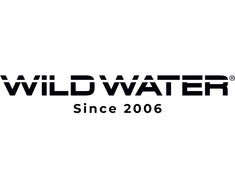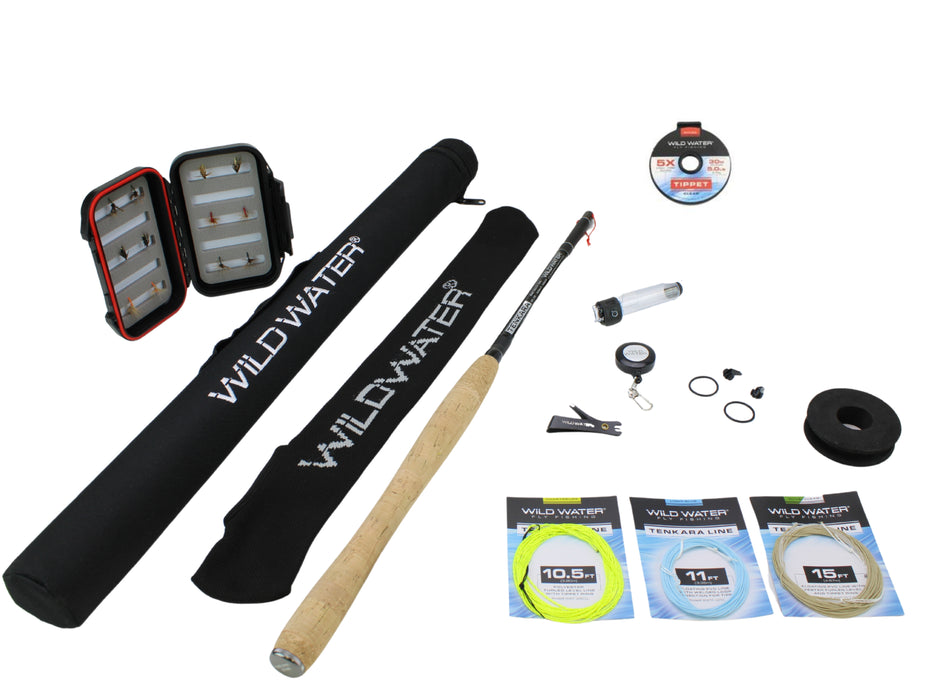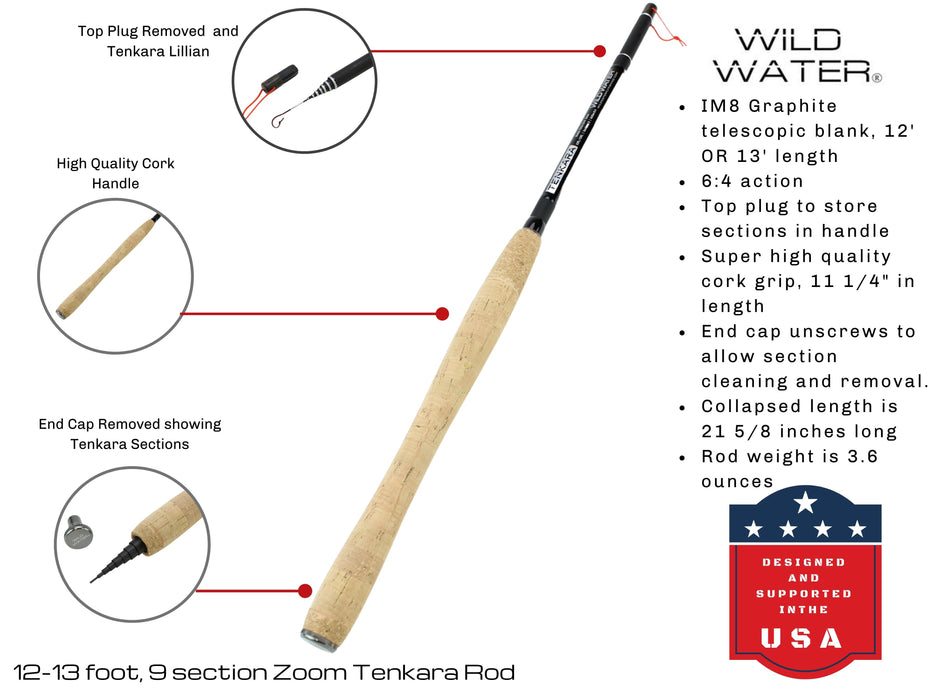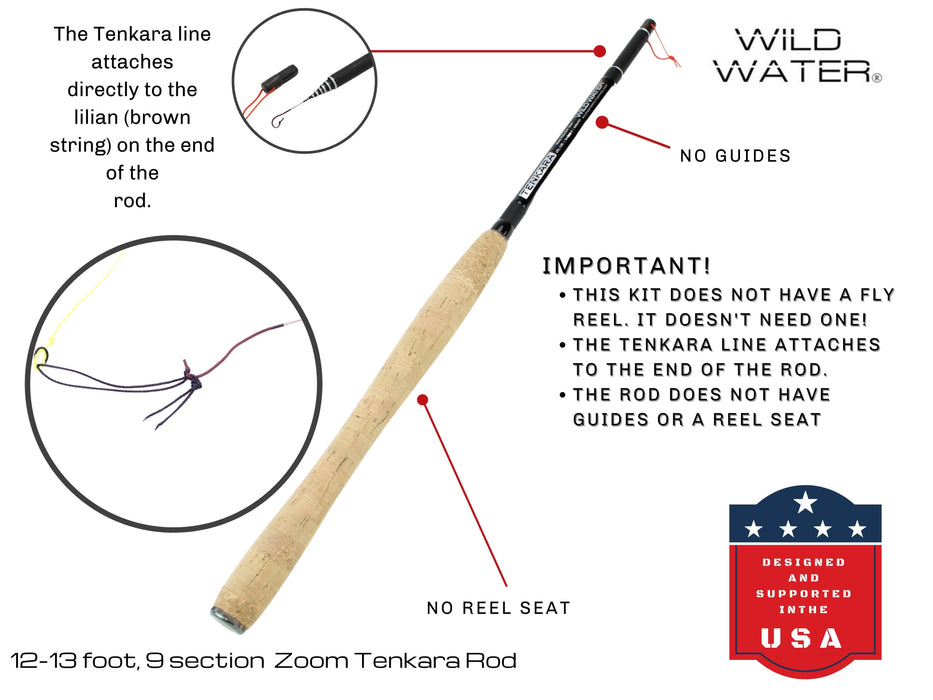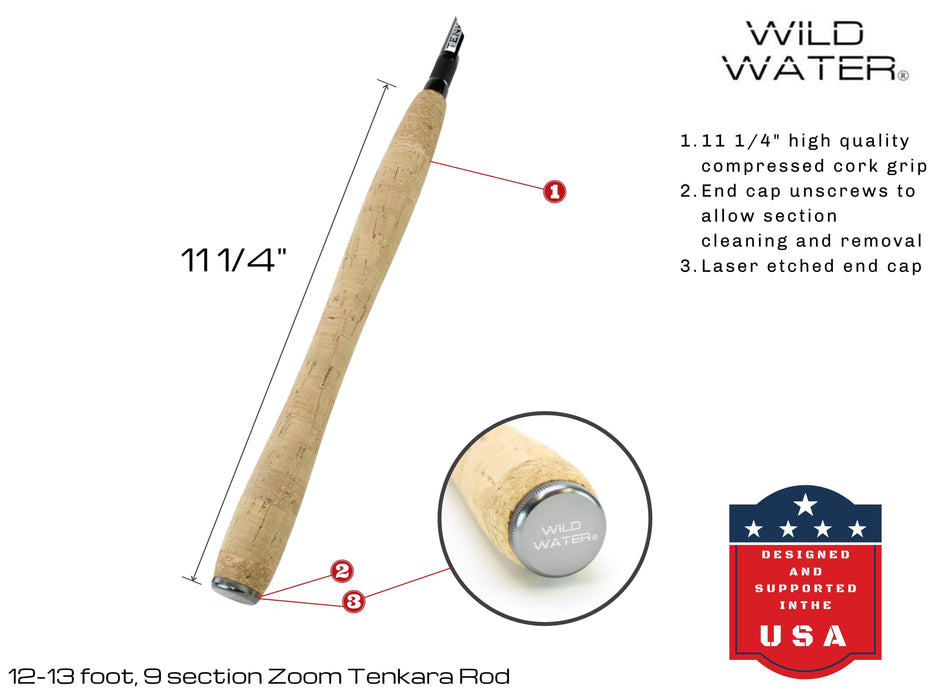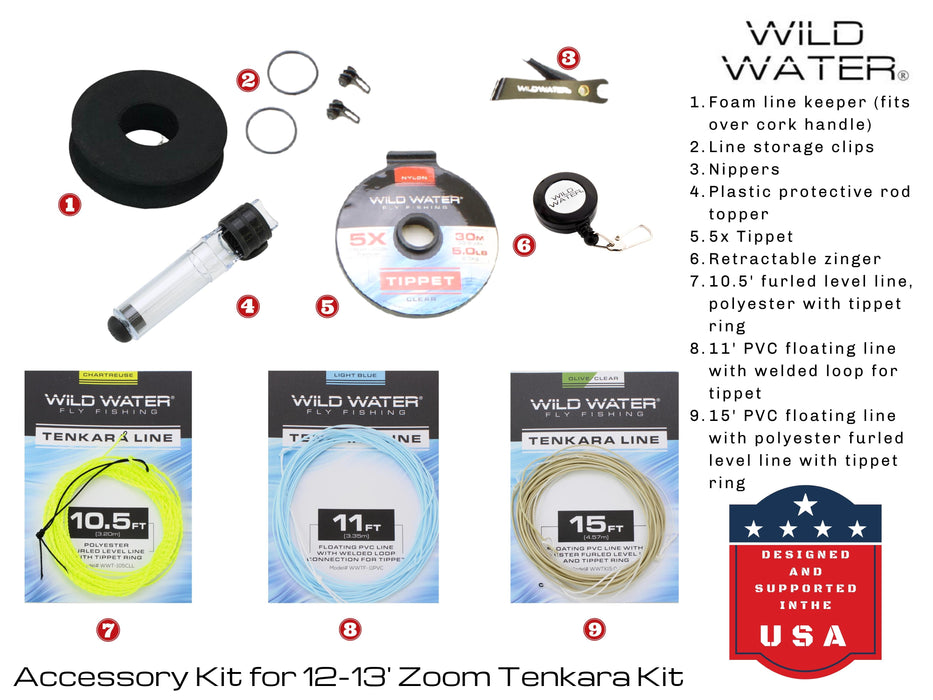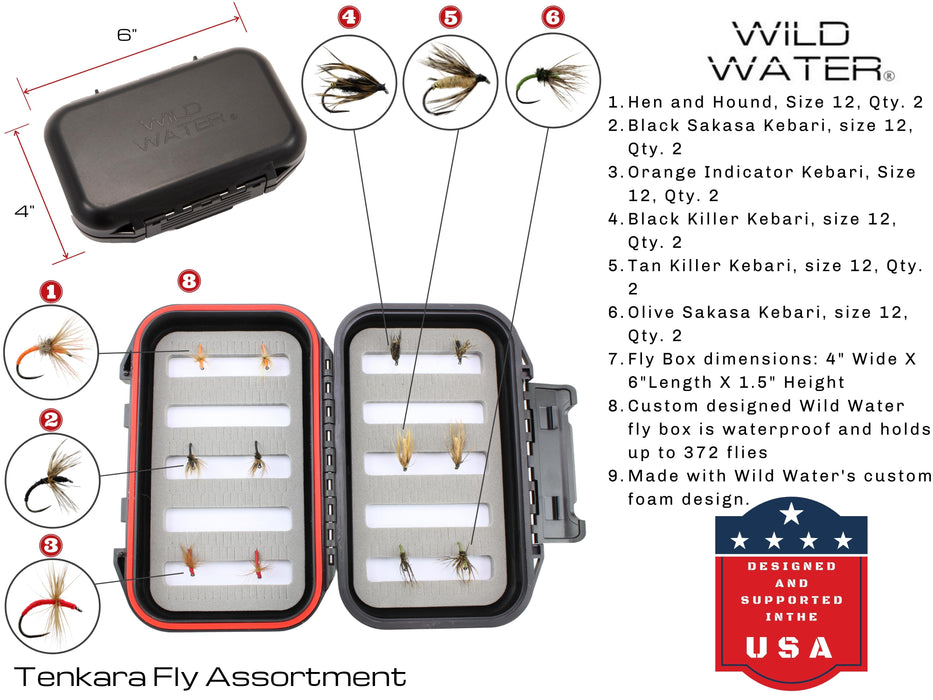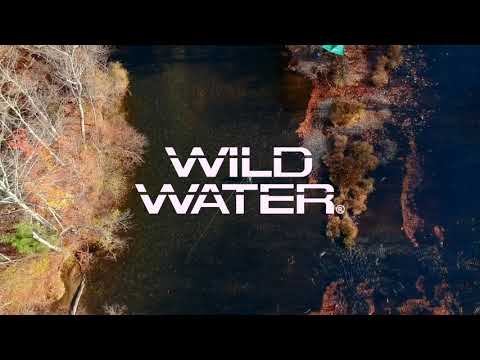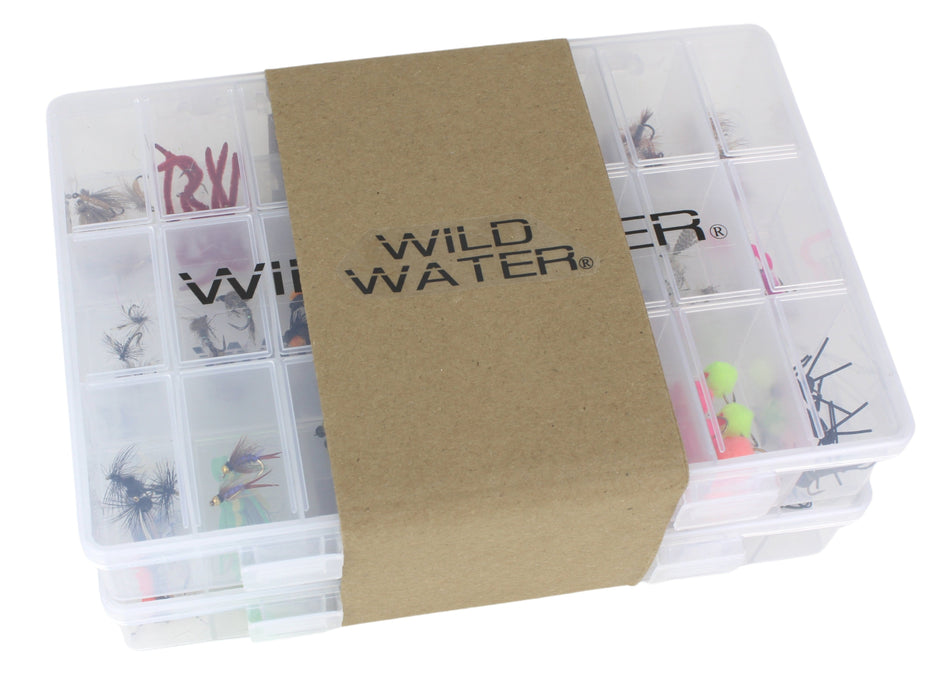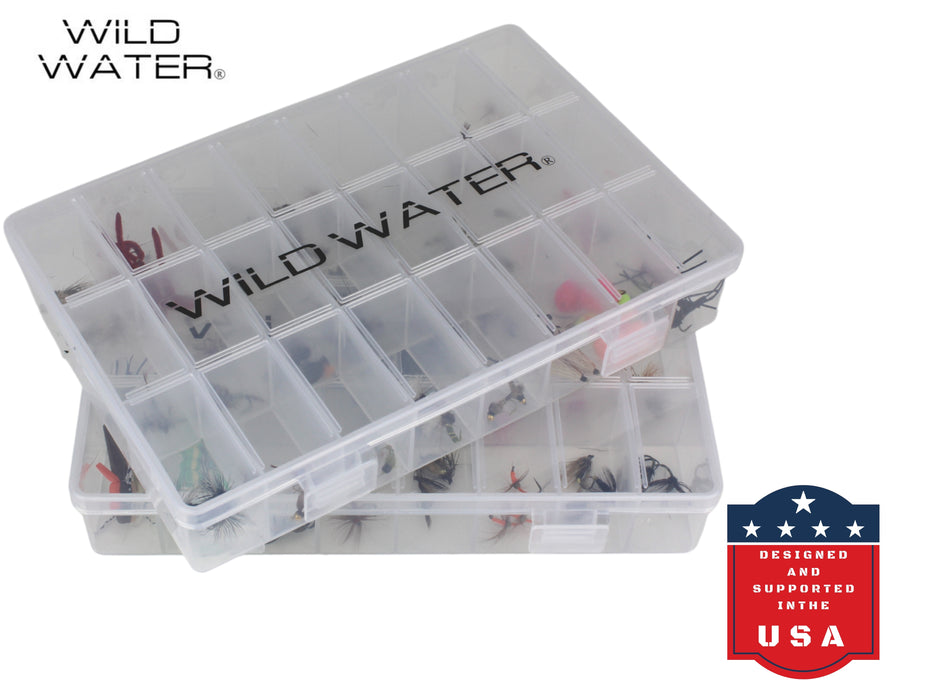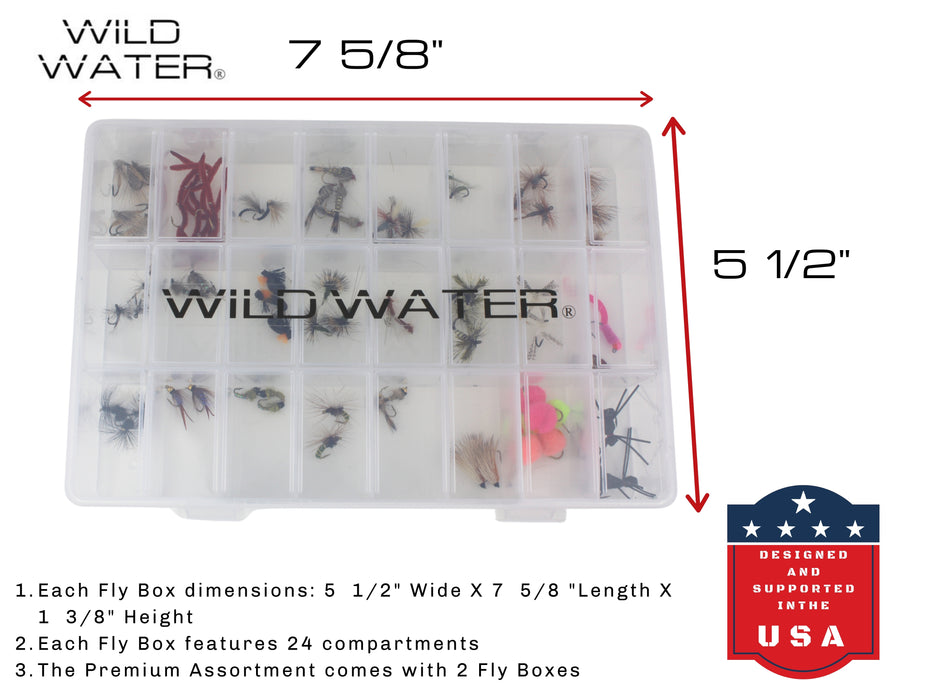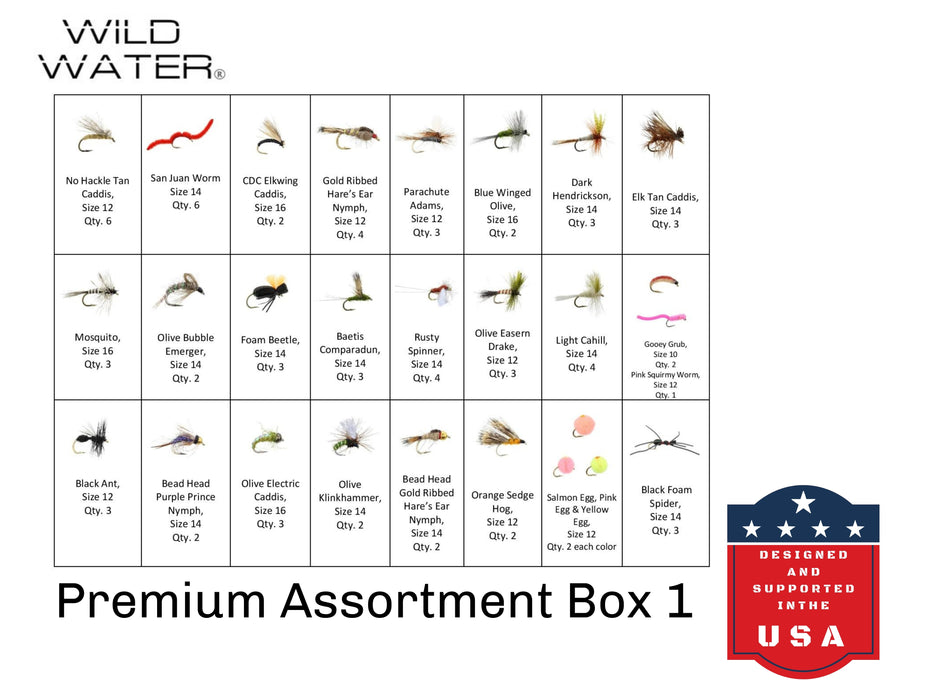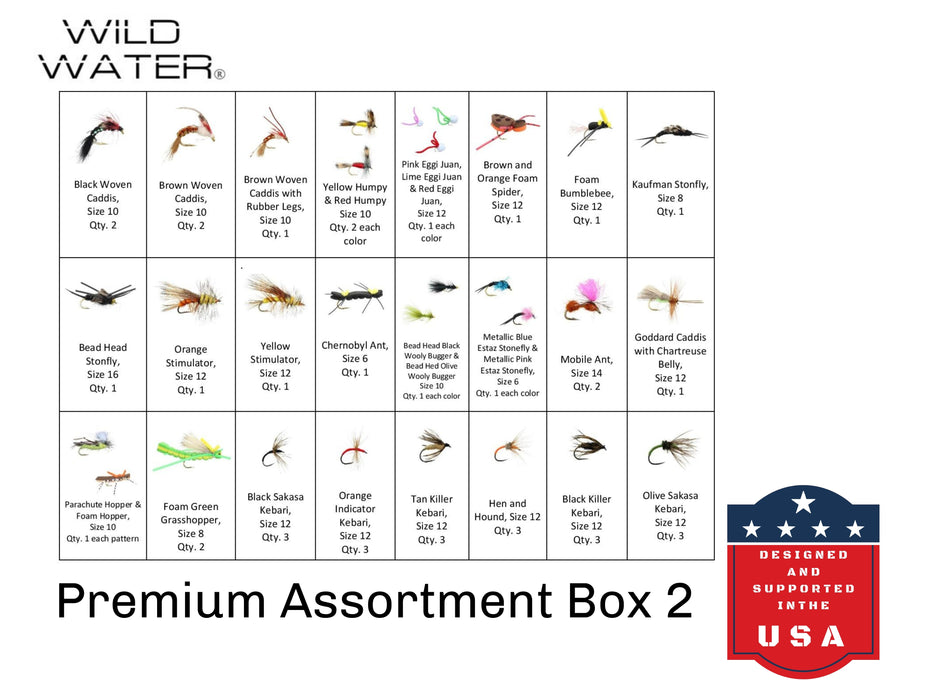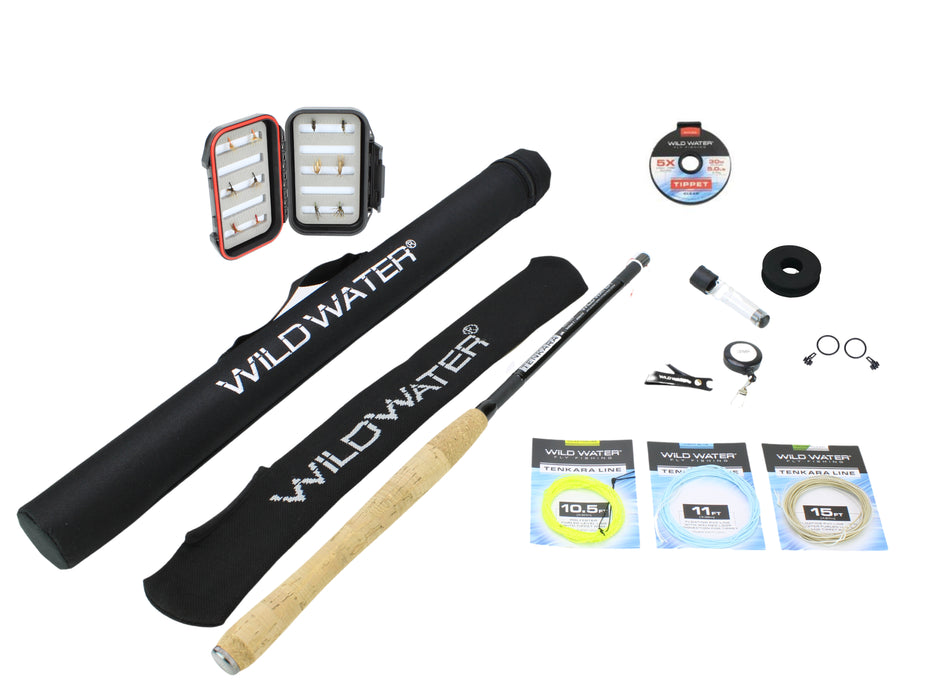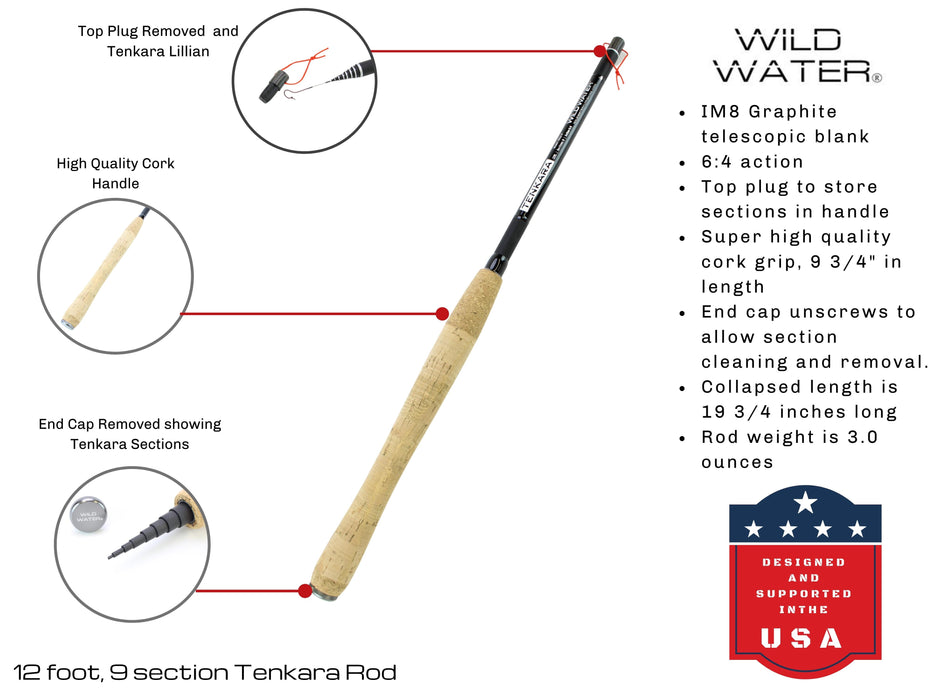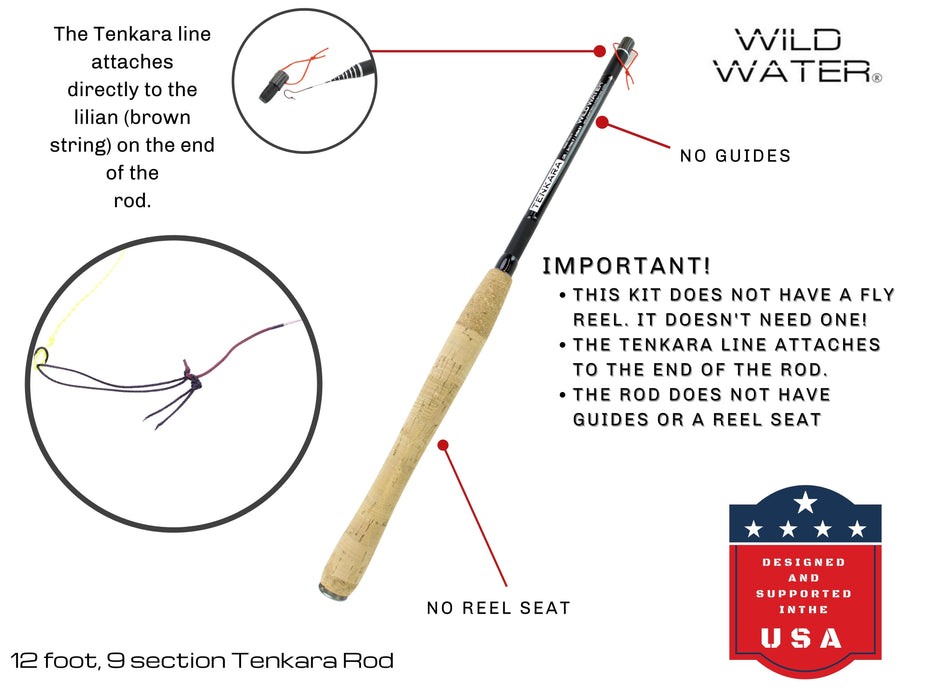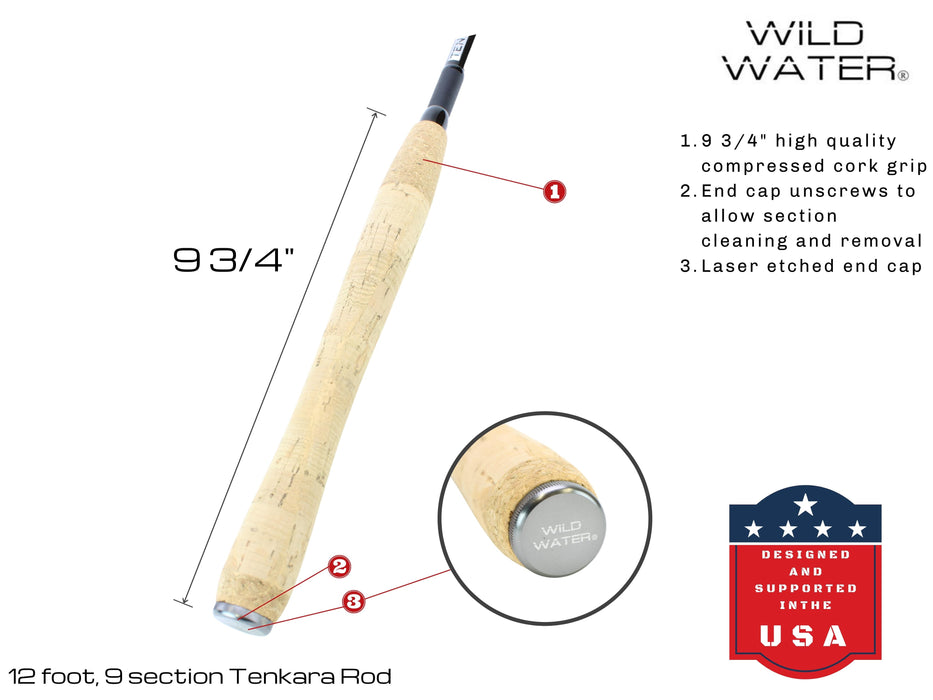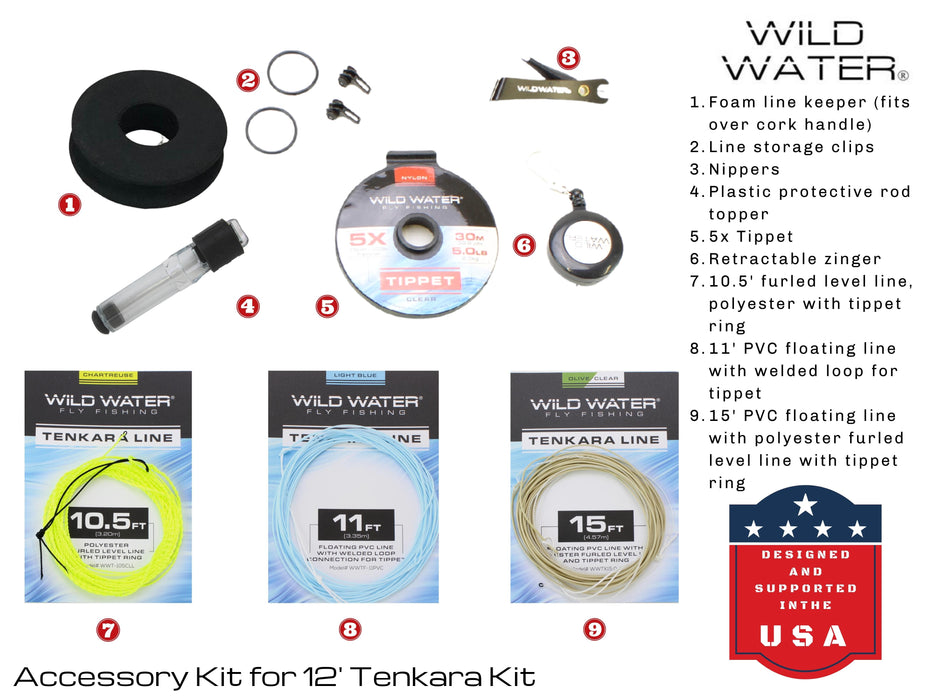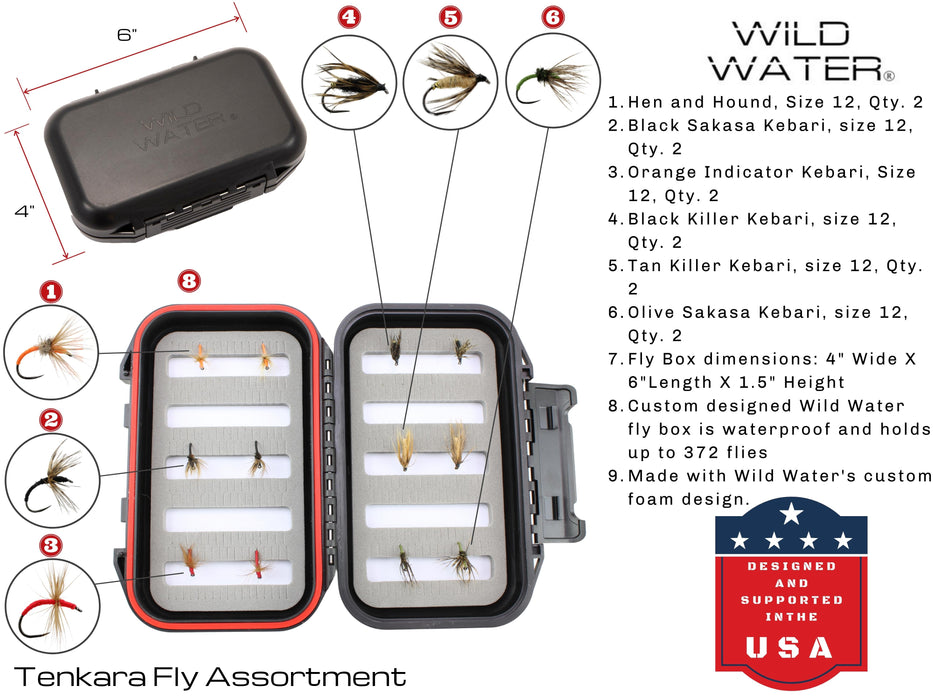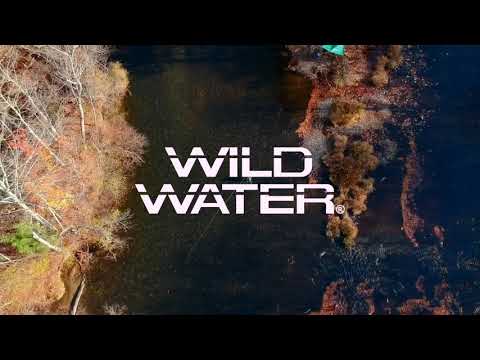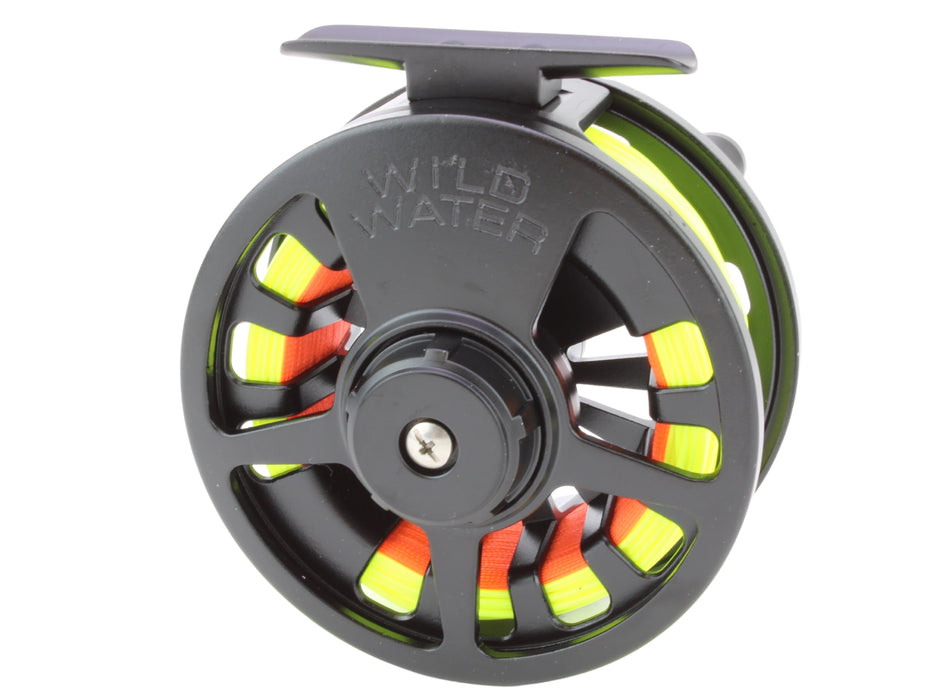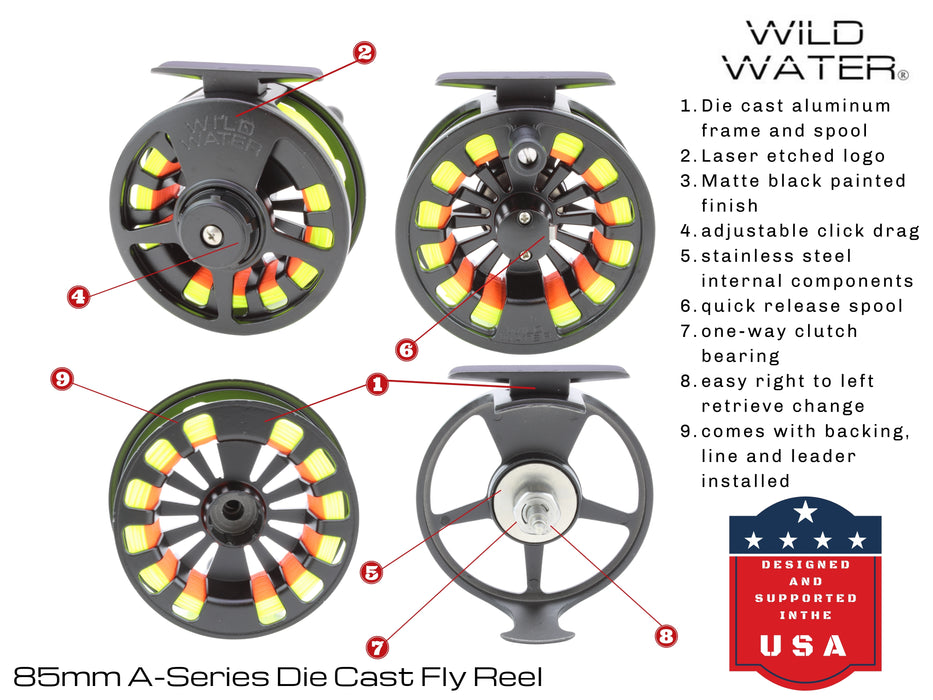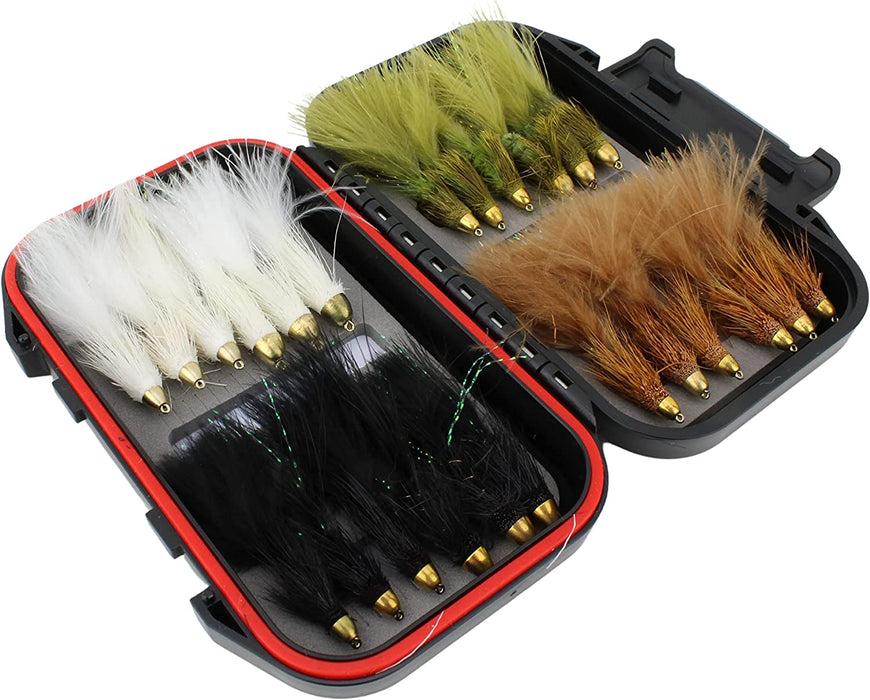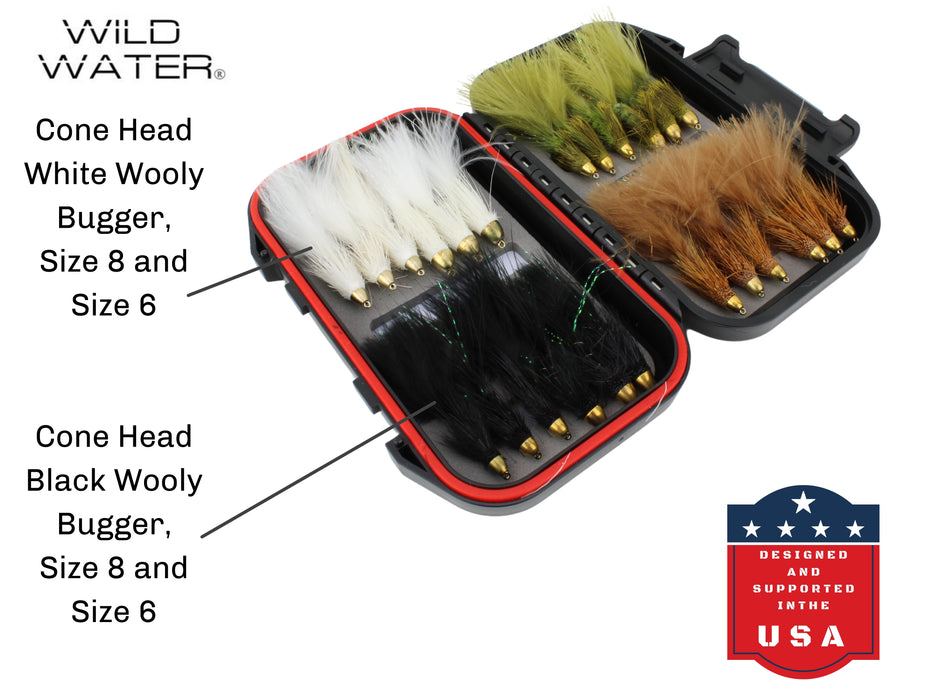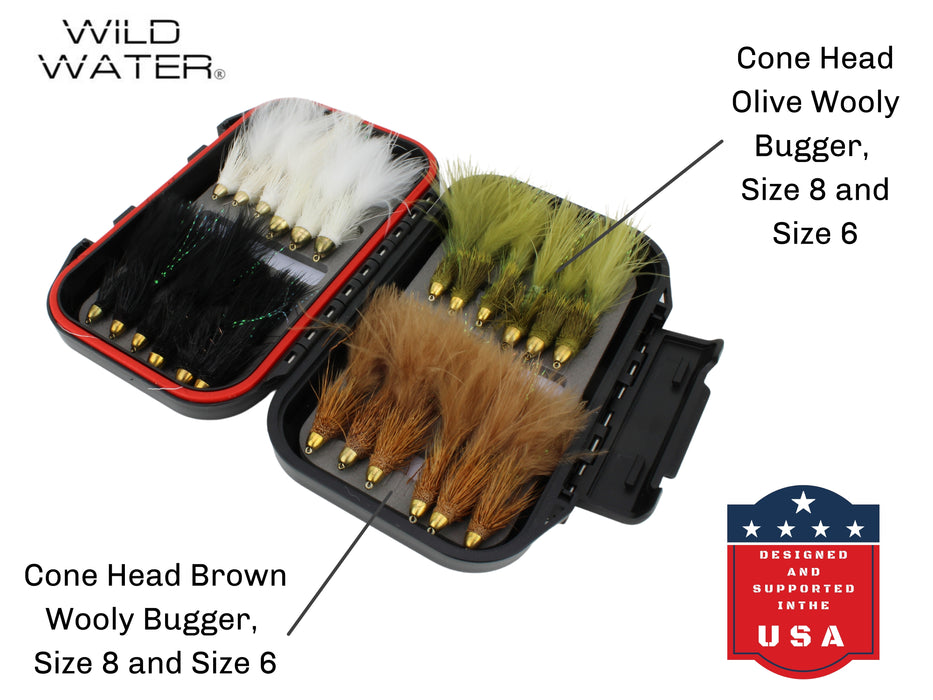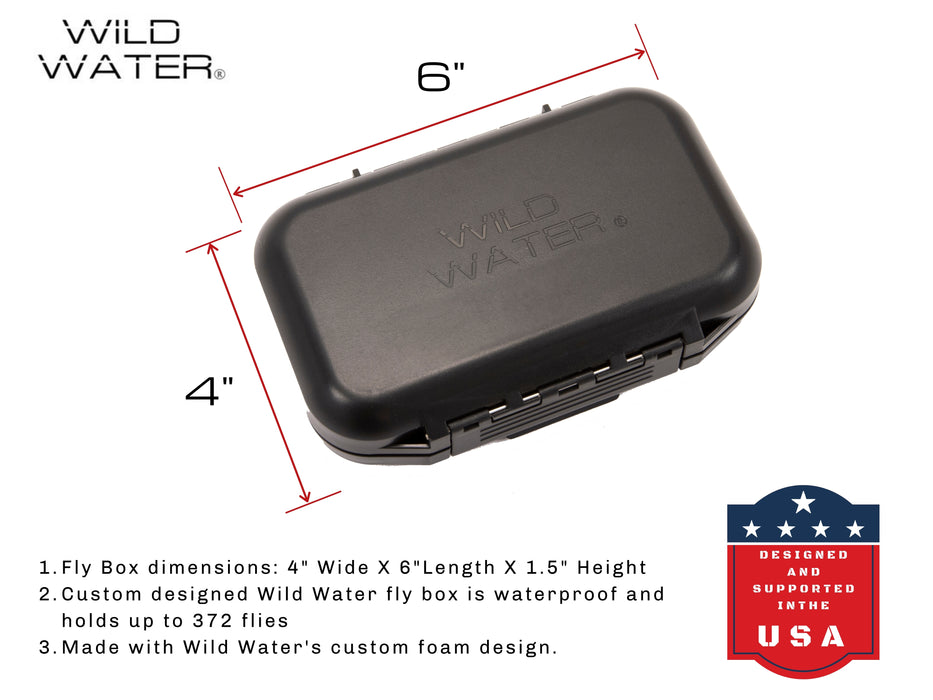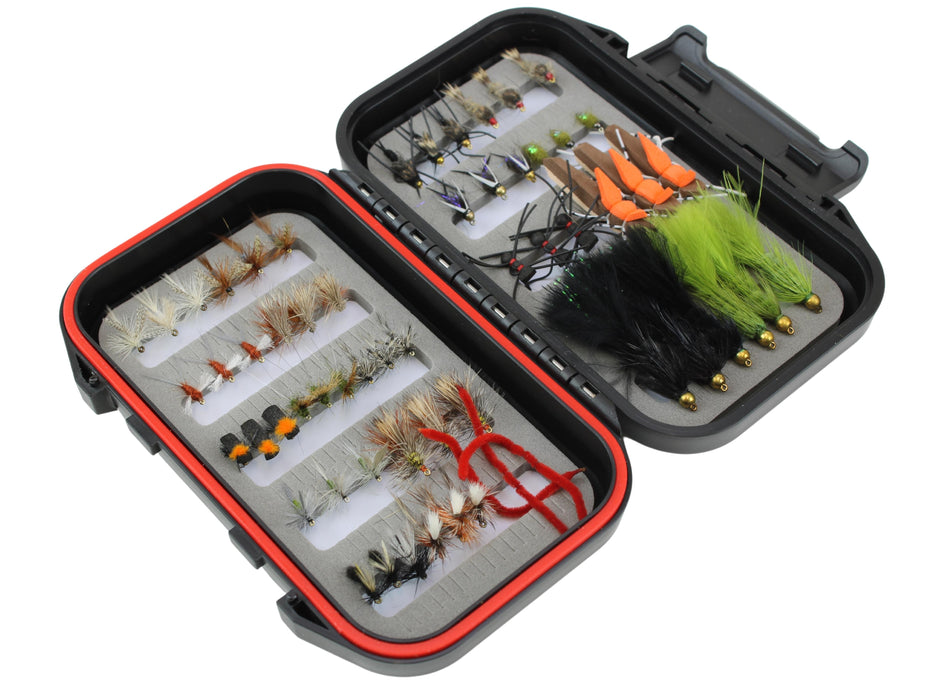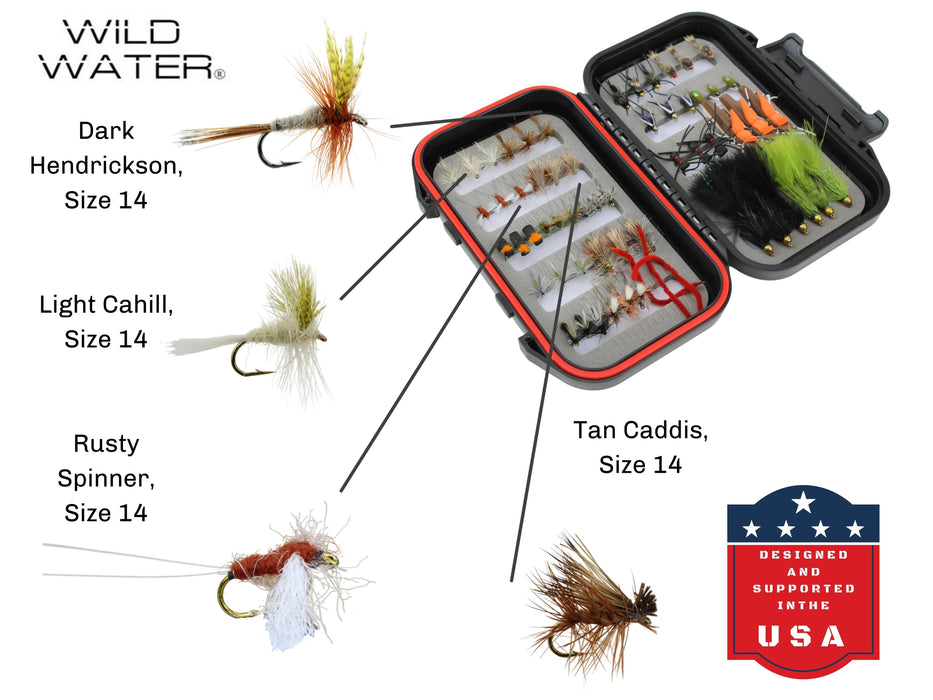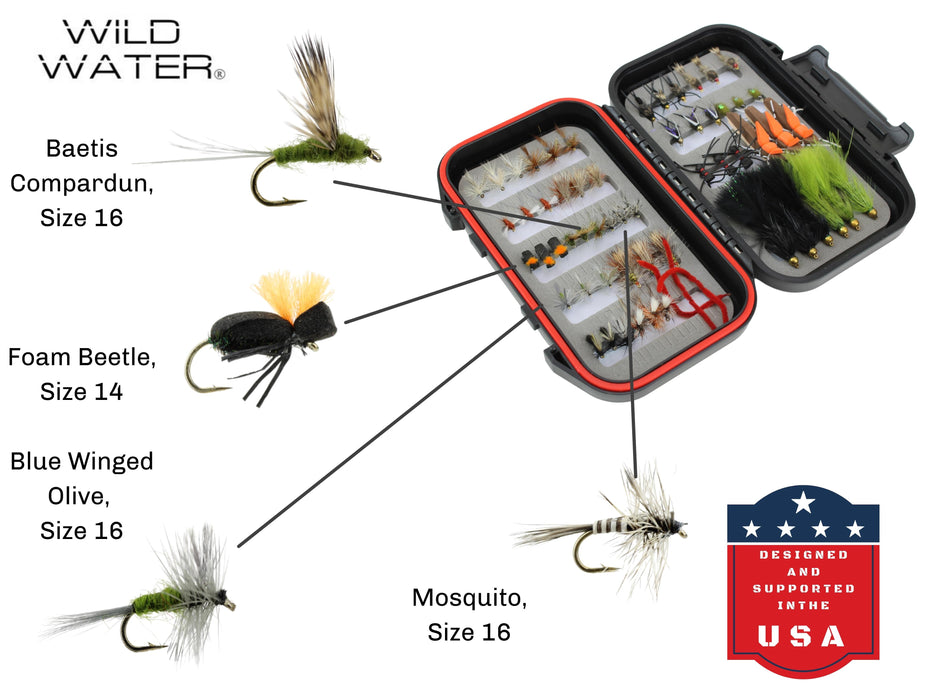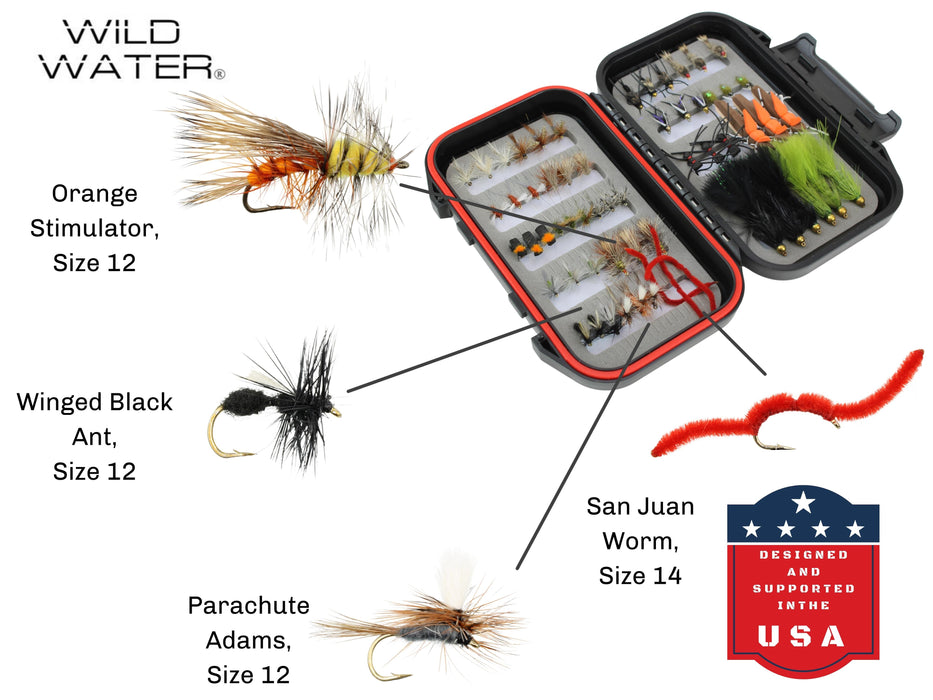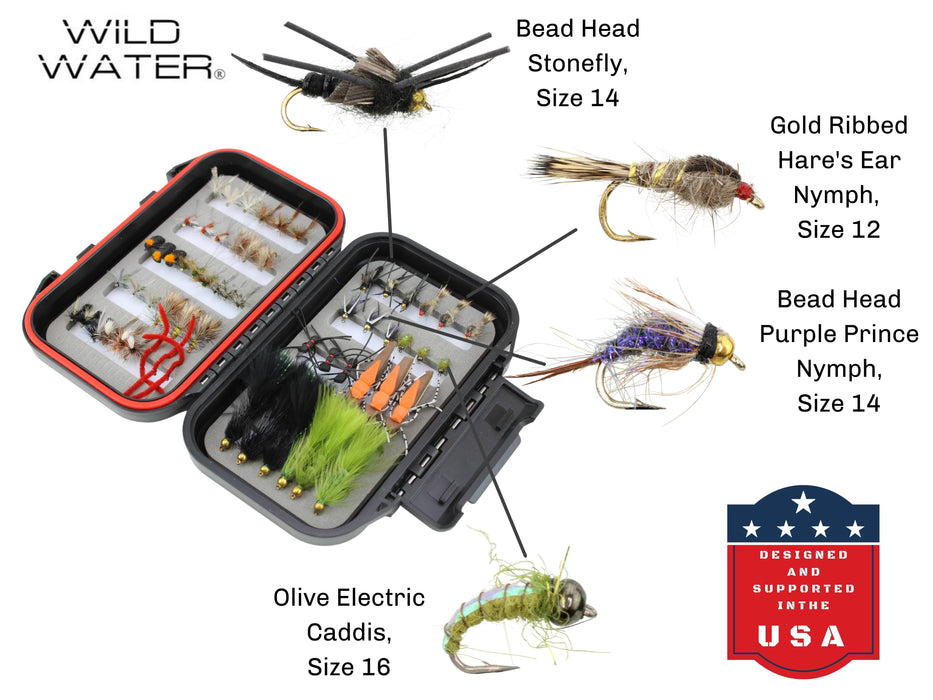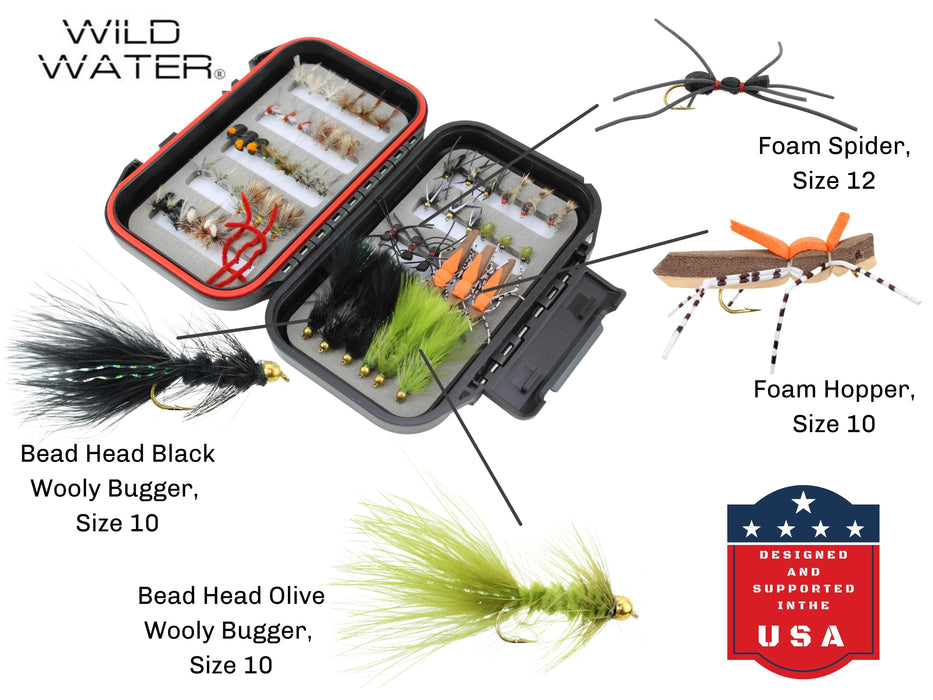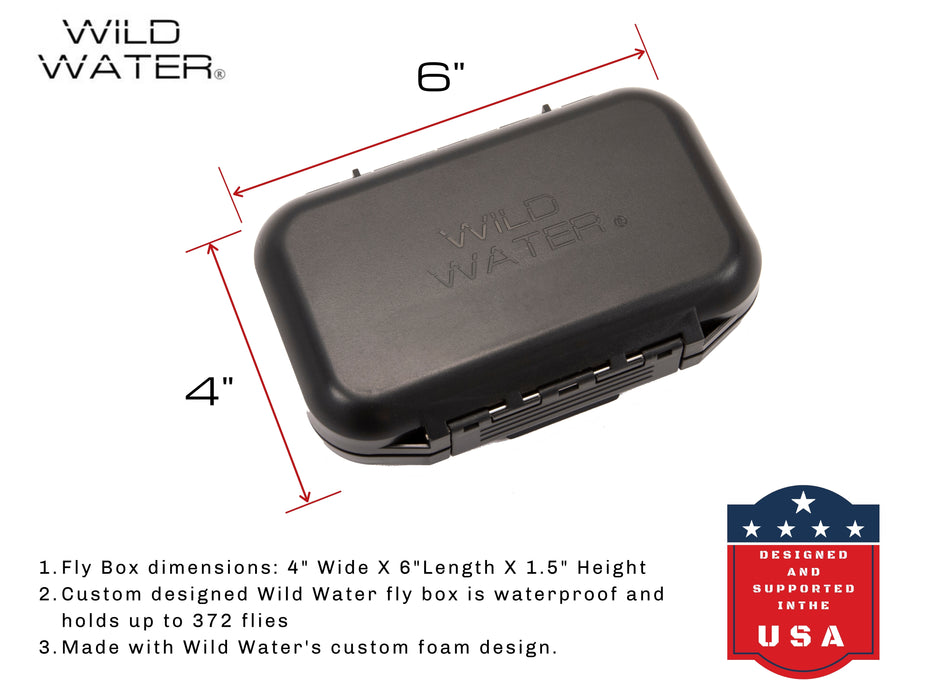Backing: Backing is what you first tie on to the fly reel when you’re setting it up. It’s a thin braided nylon and is only used if a fish runs through all of your fly line. You attach your fly line to the backing.
Double Taper: A type of fly line.This is another smart option for trout. The first 15 feet of line gradually widen to create more weight. The next 60 feet stays at a consistent width and weight. The final 15 feet is created in the same way as the first 15 feet.
Dry Fly: The adult stage of a fly. It is an artificial fly that floats on the surface and does not sink. These are best used during hatches attached to floating line. Common dry flies: Hoppers, Elk Hair Caddis, Adam’s.
Eddy: A bend in the stream or river or an area of swirling water where fish like to sit. These are often the deeper portions of the river with slower moving water.
Emerger Flies: This is the final stage before the fly is fully developed. These flies sit right below the surface. Examples: Emerging Dun, Spotlight Caddis Emerger, Low Rider Elk Hair Caddis.
False Cast: The casts you are making to get enough fly line out of your reel. These casts aren’t touching the water.
Floating: A type of fly line. This is the line to use when you’re fishing with dry flies or fishing just under the surface with nymphs or streamers. It stays on top of the water and will keep your dry in the proper position.
Landing: This is when you have fully secured the fish. You either have done so in a net or with your hands.
Leader: Leader is monofilament or fluorocarbon fishing line that is attached to your fly line. This is often used in sizes 0 to 4x.
Level: A type of fly line. A level taper has no taper! It stays the same weight and diameter all the way through.
Line Test: The static load the line will hold before breaking. In fly fishing, you’ll find leaders and tippet ranging from 0x-8x. 0x is the heaviest line and 8x is the lightest
Mend: A quick movement of your fly line to help position your fly in the correct place. Mend upstream to help your fly lead the way down the current.
Nymphs: The larvae stage of the fly. These float deeper in the water column and are best used before hatches. Often have a bead head attached. Examples: Prince Nymph, Pheasant Tail Nymph, Hex Nymph.
Pocket Water: The water directly in front of or behind structure in the river or stream. It forms little pockets of still water that fish like to hide in.
Pool: A slow moving, deep portion of the river. There are likely short riffles at the front and back end of these pools. These are great places to fish!
Rise: When a fish is seen feeding at the surface. This most often occurs during the morning or evening hatches.
Seam: Part of the river or stream that two currents converge. These are often full of food and fish!
Shoot: This occurs when you cast your fly onto the water. You have concluded your false casting and are ready to “shoot” your fly to the perfect spot on the water.
Shooting: A type of fly line. An exaggerated weight forward fly line. The first 20 feet are quite heavy. Great for steelhead, salmon and lake fishing!
Sinking: A type of fly line. Sinking line sinks. It’s great to use when fishing deeper water or targeting fish that sit on the bottom. Lines have different sink rates given by inches per minute. Sink rate comes from controlling the density of the fly line.
Sinking tip: the majority of this line will float, but the first 15-20 feet will sink. It’s great for streamers and nymphs.
Streamer Flies: These often imitate baitfish or other larger prey. They’re best fished sinking or weight forward line. Common types: Wooly Bugger’s, Clouster Minnows, Crayfish.
Strike: When a fish takes your fly! It’s the best feeling in fly fishing.
Stripping: This is the fly fishing version of “reeling”. You strip your fly towards you with your reeling hand. It can either be done in small, little motions or large movements.
Tippet: Tippet is what is attached to your leader and is what you attach to your fly. This fluorocarbon material is lighter than your leader. Anglers use it anywhere from 4 to 8x. It’s great to use when fishing with nymphs and dry flies.
Weight Forward: This is the standard taper for trout fishing. The line has additional weight added to the front section of the line followed by a long section of small diameter line.
